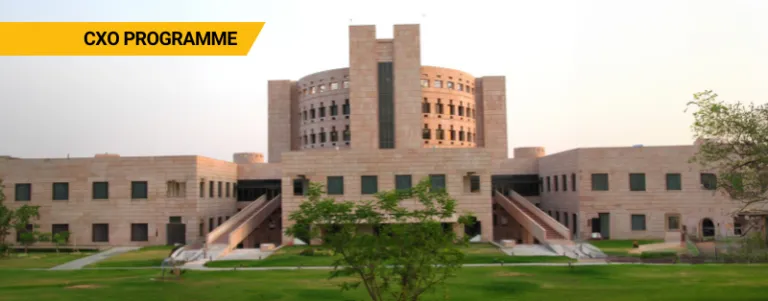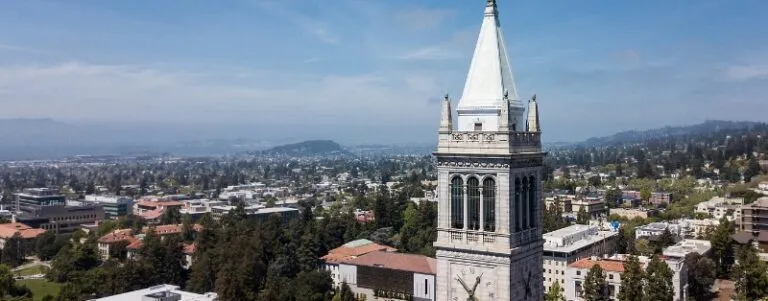8 Functions of Operating System You Should Know

Have you ever wondered what happens when you click that mouse button while you browse the Internet or when you work on a PDF? The changes you trigger do happen, of course, but how? The short answer to that is the operating system. An Operating System (OS) is the software that acts as an intermediary between a system’s hardware and the end user. Additionally, it manages resources, runs applications, and provides you with a User Interface (UI) to work on. According to Statista, Microsoft’s Windows is the most widely used computer operating system in the world, accounting for 67% share of the desktop, tablet, and console OS market as of August 2024 (1). There are eight functions of operating system that are necessary to keep your computer running smoothly. Let’s take a closer look at them.
What are the 8 Functions of Operating System?
 1. Process Management
1. Process Management
Among the functions of operating system, the primary one is process management. As the name suggests, it refers to the task of handling multiple processes running simultaneously on your computer. Here’s a breakdown for the same:
A. Process Creation and Termination
The OS creates new processes when initiated and terminates them when they’re done. Think of it more like an app you’re opening. When you open the app, the process is created, and when you close it, it terminates.
B. CPU Scheduling
CPU scheduling decides which task gets the attention of the CPU and for how long. Furthermore, this ensures that there is effortless multitasking.
C. Multitasking
The operating system allows numerous programs to run simultaneously by quickly switching between them. For example, allowing you to listen to music while browsing the Internet.
D. Process Synchronization
When two processes have to work together—one writing to a file and one reading it—the operating system guarantees that they do not interfere with one another.
E. Inter-Process Communication
More often than not, processes require sharing data. The operating system provides ways for them to communicate with each other and share data securely.
In essence, process management guarantees that all running apps and services function properly and do not interfere with other processes.
ALSO READ: What is Programming and How to Code Your Future Career With it
2. Memory Management
The memory is the “brain” of the operating system. You can only run processes on your computer if you have enough memory. In simple terms, memory management ensures that the Random Access Memory (RAM) is used efficiently in the system. Here’s how it works.
A. Allocation and Deallocation
The OS allocates memory to multiple applications as and when they need it. Once they’re done, it reclaims it. Moreover, this helps to avoid memory waste.
B. Memory Protection
It ensures that one program does not mistakenly access another program’s memory. This helps in keeping everything secure and separated.
C. Virtual Memory
There are two types of memory—physical and virtual. When your system runs out of physical memory, the OS uses a part of your hard drive as virtual memory to run the process on your system. This essentially helps run bigger programs without taking a toll on the speed.
D. Paging and Segmentation
It divides memory into smaller chunks (pages) and moves them around as needed. As a result, the processes do not require constant memory blocks.
In essence, memory management ensures your system and processes run smoothly even with multiple processes running.
ALSO READ: Learn Top 10 In-Demand Programming Languages of the Future
3. File Management
Now that we’ve seen two functions of operating system, let’s take a look at the file management system in the OS. Essentially, file management, as the name suggests, organizes, stores, and keeps track of your files.
A. File Organization
The OS organizes files in traceable formats such as folders and directories. As a result, this makes it easier for you to navigate through them.
B. File Access
File access means the access to read, open, write, and modify a file.
C. Permissions
The OS defines the permissions for the file access, mainly who can read, write, or execute a file.
D. File Storage
The operating system manages how files are stored on hard drives, SSDs, and other storage devices.
E. File Systems Support
The OS supports several file systems, including NTFS, FAT, and EXT. As a result, it allows you to operate with various storage media.
4. Device Management
Device management is one of the most important functions of operating system. Moreover, it serves as a link between your computer’s hardware and software. Here’s what it does:
A. Device Drivers
The OS needs driver interfaces to interact with hardware such as printers, keyboards, and hard drives to ensure that they work properly with your system.
B. I/O Management
The I/O management handles the input and output of a system. It also makes sure that the data is efficiently moved between the devices and your system.
C. Resource Allocation
The operating system divides hardware resources across various processes or apps. Furthermore, it ensures that your system is not overloaded.
D. Buffering and Spooling
Buffering means temporarily storing the data and spooling is managing the queue for it. In fact, buffering and spooling ensure there is a smooth data transfer between devices, particularly when you are using slower hardware.
ALSO READ: Inside the World of System Administrators (and What They do)
5. User Interface
One of the most crucial functions of operating system on the front end is the User Interface (UI). UI is how users interact with your system. In fact, if the UI didn’t exist, it would be difficult for the end user to operate the system in the first place.
A. Graphical User Interface (GUI)
A GUI is a digital interface that allows users to interact with graphical elements including icons, buttons, and menus. In a GUI, the visuals displayed in the user interface convey relevant information as well as actions that the user can perform. GUIs are perfect for everyday users.
B. Command-Line Interface (CLI)
On the other hand, CLI is used by more tech-savvy users. The OS for CLI is a text-based interface, like the command prompt in Windows. Moreover, users can type commands directly in this CLI for multiple tasks ranging from file management or system configuration.
In simpler terms, the UI is the OS’s way of ensuring that you can communicate with it and control your tasks.
6. Security and Access Control

With the growing threats of a cyberattack each and every day, understanding this function of the operating system becomes more crucial than ever. Security and access control in an operating system are the backbone to protect your data and the system. Here’s how:
A. User Authentication
An OS identifies a user through multiple tactics such as passwords, biometrics, or other methods. This authentication and identification is important since it makes sure that only the authorized user is accessing the system. In fact, according to the Microsoft Digital Defense Report 2023, an average of 4,000 identity authentication threats were blocked per second over the past year! (2)
B. Encryption
Operating systems encrypt your files and secure them from any unauthorized access.
C. Malware Protection
Firewalls and antivirus software protect the system against malicious attacks.
Overall, security and access control work to secure your data from unauthorized users and online threats.
ALSO READ: An Expert’s Guide to Top 10 Programming Languages in India for 2024
7. Networking
Networking in an operating system refers to managing connections between your system and others. Here’s what it does:
A. Network Connectivity
The OS connects your computer to networks such as the Local Area Network (LAN) or the Internet.
B. Protocol Support
The system uses protocols such as TCP/IP to establish a safe and secure connection between devices for file transmission.
C. Data Transfer
The OS sends and receives data in packets across the network. Moreover, it ensures that the data is shared and received in the correct order.
D. Security
It maintains firewalls and network permissions. Furthermore, it also ensures that your machine remains secure when online.
Ultimately, networking is one of the key functions of operating system.
8. Error Handling and Debugging
When we talk about functions of operating system, the ultimate function is error handling and debugging. Both are important to keep the system running smoothly and error-free. Here’s how it works:
A. Error Detection
The primary job of error handling function and debugging is to constantly monitor the processes and look out for errors in the system.
B. Error Reporting
Suppose an error occurs, the OS generates an alert or a log that states why that error happened. As a result, the user understands the error better and can resolve it.
C. Fault Tolerance
The operating system is designed to handle errors gracefully, allowing the system to continue running even when a specific application fails. Furthermore, this prevents you from losing all of your work in the event of a single crash.
D. Debugging Tools
Many operating systems provide built-in tools or utilities to help developers identify and fix defects in their software. As a result, this streamlines the process of debugging.
In essence, error handling and debugging tools ensure that your system can recover from errors and function smoothly.
ALSO READ: 5 Reasons Why Technology Leaders Will Spearhead the Future
These eight functions of operating system work with each other in harmony like a well-oiled machine. Each one of them plays a pivotal role in the seamless working of computers. Therefore, understanding the functions of operating system helps us appreciate the complex nature of machines and fine-tuning that happens behind our one click. However, if you want to learn more about the intricacies of operating systems, you can explore Emeritus’ online IT courses. These courses are specifically designed to give you complete practical knowledge about the OS. Join Emeritus today and take a step ahead in your learning journey.
Write to us at content@emeritus.org
Sources:






